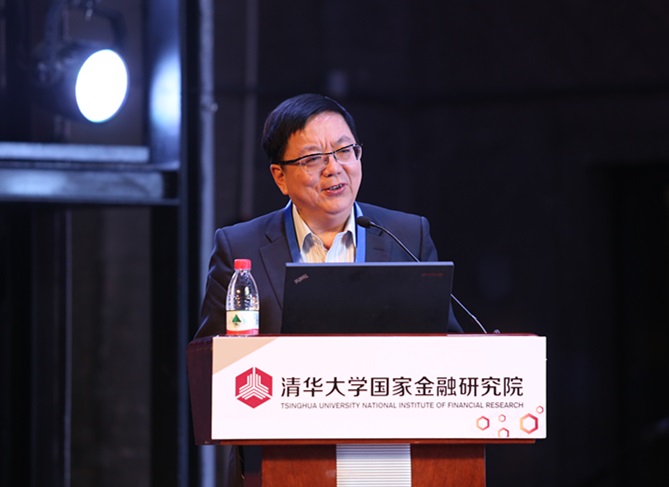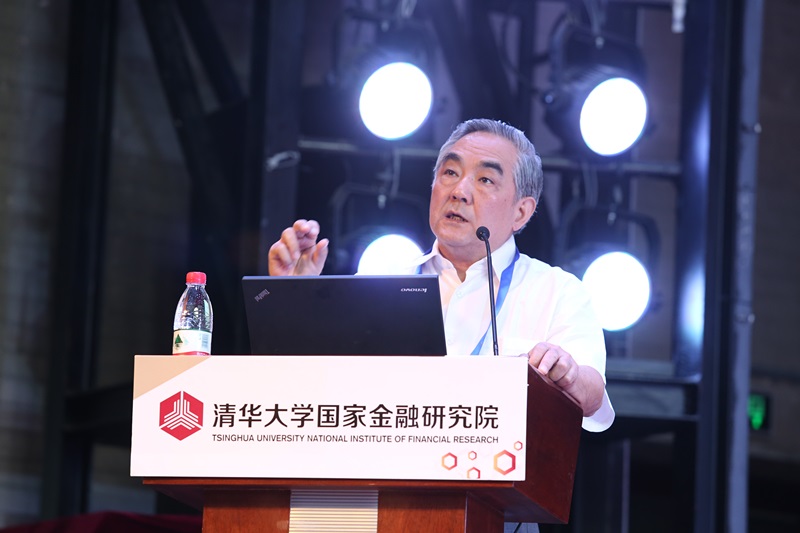On June 13, 2015, “Tsinghua PBCSF Financiers Forum: Asset Securitization in China”, attended by over 20 scholars and practitioners and close to 700 guests from the fields of finance and law, was held at Tsinghua University’s Auditorium.



The keynote speeches, delivered by Co-head of Tsinghua University National Institute of Financial Research Li Jiange and former President of the Industrial and Commercial Bank of China Yang Kaisheng, focused on the challenges that asset securitization has brought to the regulatory system and the development of bank credit asset securitization.

Li pointed out that challenges would come along with the development of asset securitization products for the regulators due to complexity of such products. Asset securitization, Yang stressed, should avoid the problem of rigid payment, “otherwise, real risk will emerge”.
Wang Yanxiu, Director-General of the China Banking Regulatory Commission (CBRC) Banking Innovation Supervision Department, stated that the CBRC had been committed to enhancing supervision and regulation, promoting development of asset securitization, and pacing up asset securitization business in stock exchanges.
There are only less than 500 billion yuan asset securitization products out of the total 90 trillion yuan assets that can be securitized. Despite the current situation, asset securitization is an essential component of the financial markets and contributes to the development of the real economy, which is commonly recognized by the government and in the industry. Furthermore, asset securitization may raise institutional investors’ interests and could be a potential solution to local government debt and bad credit flowing in banks in China.
The Forum is hosted by the Tsinghua University National Institute of Financial Research and supported by Shanghai Alliance Financial Services Co., Ltd, United Ratings, lufax.com, Ifeng Fiannce and Tsinghua Financial Review.